According to the scientific opinion published by EFSA (European Food Safety Agency), most of the problems related to the welfare of pigs at slaughter are due to the lack of knowledge of the staff and to poorly designed and constructed facilities.
EFSA highlights the lack of skills and/or training of staff working at slaughter as a serious welfare problem and proposes preventive measures.

According to the scientific opinion published by EFSA (European Food Safety Agency), most of the problems related to the welfare of pigs at slaughter are due to the lack of knowledge of the staff and to poorly designed and constructed facilities.
Thus, EFSA highlights the lack of skills and/or training of staff working at slaughter as a serious welfare problem.
This scientific opinion published by EFSA is the latest in a series of updated assessments on animal welfare in slaughterhouses requested by the European Commission. It proposes measures to address the welfare hazards most commonly associated with the slaughter of pigs.
Marta Hugas, Chief Scientist at EFSA, said: “As part of the new ‘farm to fork’ strategy, the European Commission is reviewing the current provisions on animal welfare with the aim of creating a more sustainable food system in the EU. This series of opinions, together with others that we will issue in the coming years, will provide the scientific basis for that review”.
“High standards of animal welfare improve animal health and food quality, reducing the need for medicines and helping to preserve biodiversity. Healthy and well cared-for animals are essential to a healthy food chain.

This review identifies a number of hazards that lead to welfare problems, such as heat stress, thirst, prolonged hunger and respiratory distress, and proposes preventive and corrective measures where possible.
As a result of this review, most of the hazards – 29 out of 30 identified – are the result of staff deficiencies due to factors such as lack of training and fatigue.
Preventive measures can be established for all hazards and facility management has been found to play a crucial role in prevention.
The scientific opinions on slaughter are based on the latest available scientific knowledge and are being developed in consultation with animal welfare experts from EU Member States.
The European Commission will use the results in discussions with the World Organisation for Animal Health (OIE) in order to harmonise approaches to animal welfare at slaughter.
Read the full report: Welfare of pigs at slaughter
Subscribe now to the technical pig magazine
AUTHORS
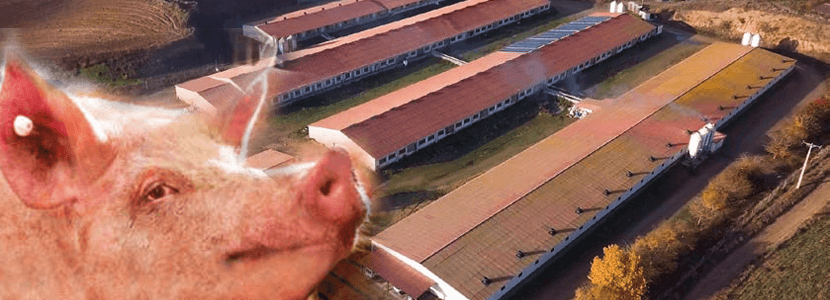
Bifet Gracia Farm & Nedap – Automated feeding in swine nurseries

The importance of Water on pig farms
Fernando Laguna Arán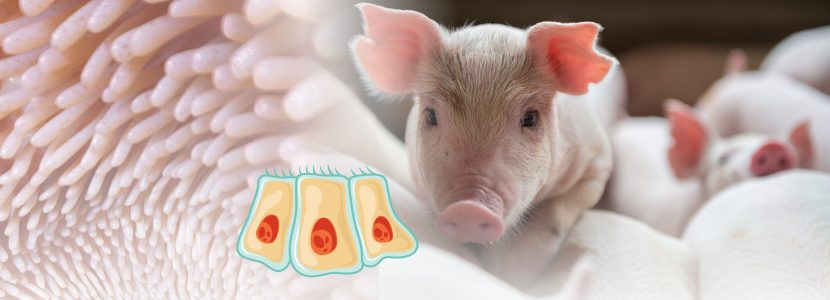
Microbiota & Intestinal Barrier Integrity – Keys to Piglet Health
Alberto Morillo Alujas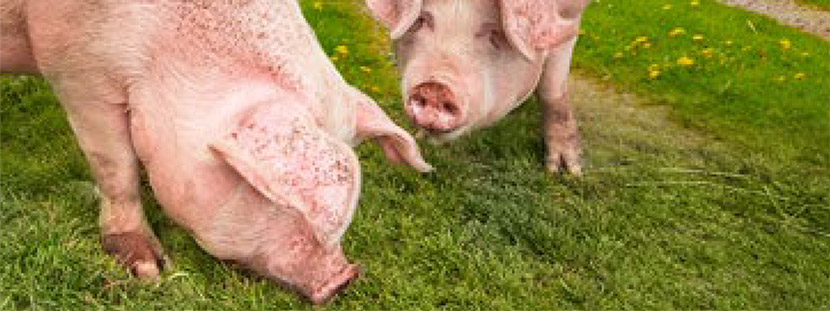
Impact of Reducing Antibiotic use, the Dutch experience
Ron Bergevoet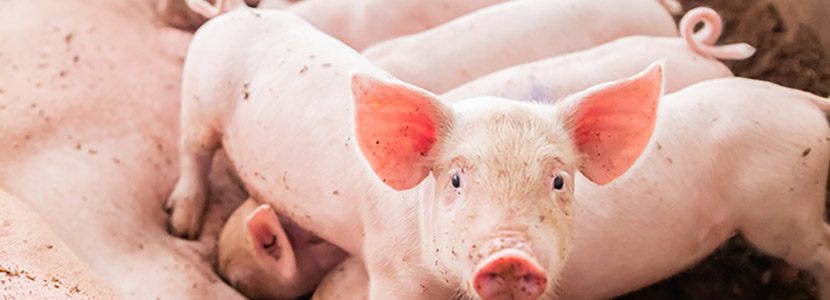
The keys to successful Lactation in hyperprolific sows
Mercedes Sebastián Lafuente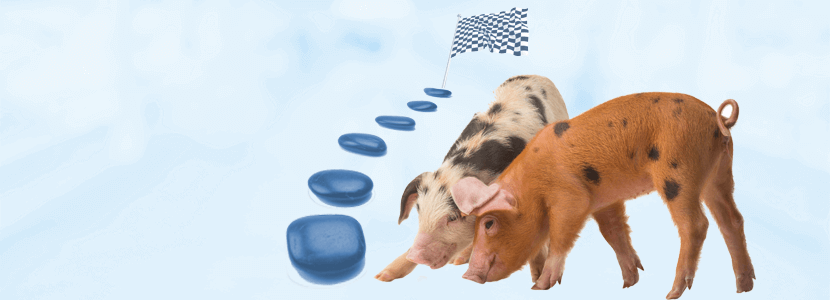
Addressing the challenge of Management in Transition
Víctor Fernández Segundo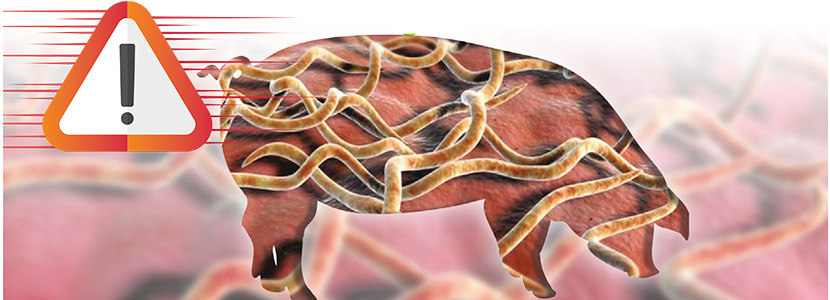
Dealing with the rise of Swine Dysentery
Roberto M. C. Guedes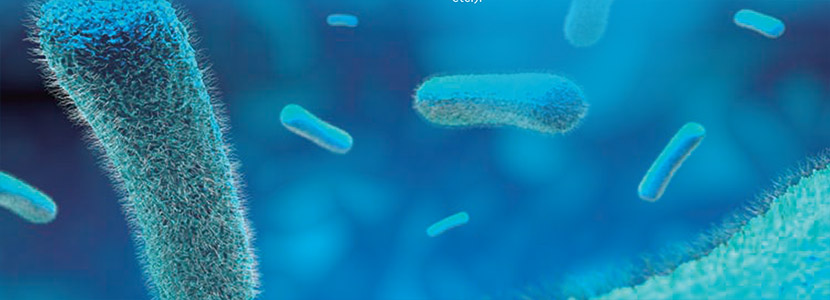
Actinobacillus pleuropneumoniae – What are we dealing with?
Marcelo Gottschalk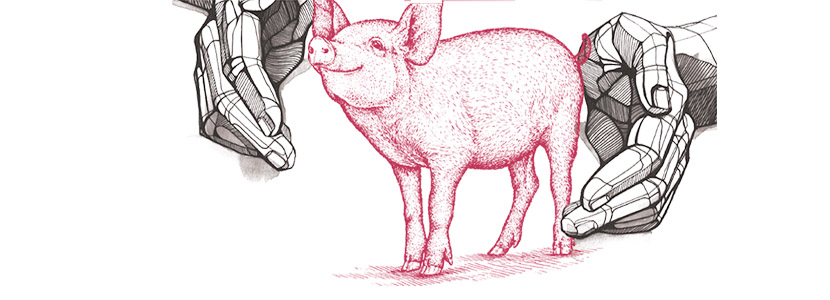
The new era of Animal Welfare in Pig Production – Are we ready?
Antonio Velarde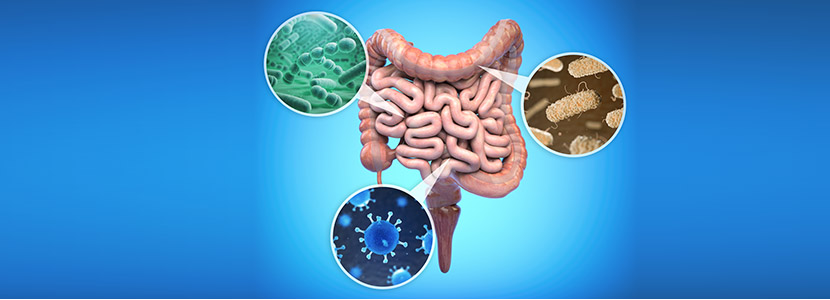
Gut health in piglets – What can we do to measure and improve it?
Alberto Morillo Alujas
Interview with Cristina Massot – Animal Health in Europe after April 2021
Cristina Massot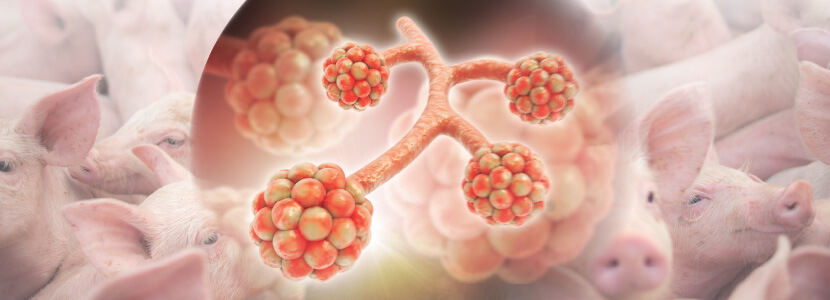
Differential diagnosis of respiratory processes in pigs
Desirée Martín Jurado Gema Chacón Pérez